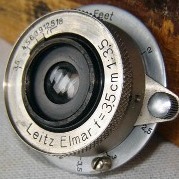Should it be 'Nr' or No'?
-
Recently Browsing 0 members
- No registered users viewing this page.
-
Similar Content
-
- 19 replies
- 951 views
-
- 20 replies
- 1,273 views
-
- 21 replies
- 5,255 views
-
Should I stay or go? 1 2
By SJB27,
- 25 replies
- 1,585 views
-
- 22 replies
- 981 views
-





Recommended Posts
Join the conversation
You can post now and register later. If you have an account, sign in now to post with your account.
Note: Your post will require moderator approval before it will be visible.